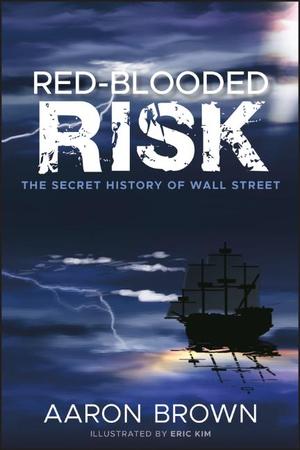Erudite and devastating critique of the precautionary principle, but it left me wondering if measures advocated by libertarian paternalism will be sufficient to manage risk in democracies.

Erudite and devastating critique of the precautionary principle, but it left me wondering if measures advocated by libertarian paternalism will be sufficient to manage risk in democracies.

Opera houses and economic growth
As heard on Radio 4 and read in The Atlantic. 

An exceptional synthesis of years of ground-breaking research that changed the way social scientists approach human thinking. No review can do it justice.

A cool personal account of quantitative trading in the US. Awfully written, mainly because it doesn’t feel properly planned – there are a lot of I-also-wanted-to-add moments, side notes, non sequiturs, and repetitions. But, at times, it’s exhaustingly gripping (it didn’t last me more than a day). The thesis of the book is contained entirely in the accompanying comics. (Many thanks to Hiddi for the recommendation)

I really look forward to reading this book.
Our utility functions have become rather crowded
Elizabeth Baldwin mentioned a paper that showed that trying to rationalise general equilibrium is computationally equivalent to NP=P. I think this is the presentation for this paper. Theory and practice is a difficult marriage at times.
An article on the BBC website called “School odds stacked against summer babies, says IFS” caught my eye. Joshua D. Angrist and Alan B. Krueger published a famous paper in 1991, which used the age of school entry as an instrumental variable to measure returns to schooling. A few years later John Bound, David A. Jaeger and Regina M. Baker wrote an even more famous paper in the Journal of the American Statistical Association, exposing problems of weak instruments used in Angrist and Krueger’s work. The BBC article says that “August children are 20 per cent less likely to attend a top university”, which seems like a pretty striking result. Did the IFS repeat a 20-year old mistake or does the old instrument work much better in the UK?